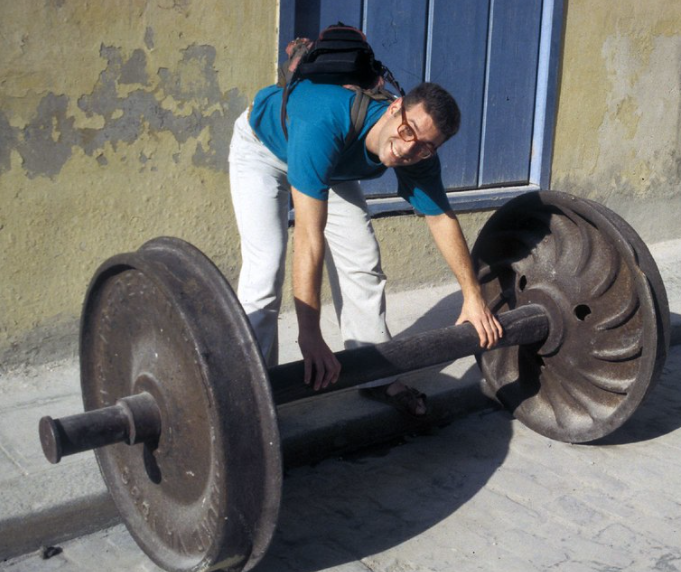Have you ever felt the weight of the world on your shoulders? Well, imagine the weight of a train wheel rolling down the tracks. It may not be the weight of the entire world, but it’s certainly no lightweight.
You might be wondering, ‘How much does a train wheel weigh?’ Well, my friend, that answer depends on various factors. In this guide, we’ll explore the average weight of train wheels, the factors that affect their weight, and how this weight impacts the performance of trains.
We’ll even compare the weight of train wheels to other heavy objects to put things into perspective. So, hop aboard and let’s find out just how much a train wheel can weigh.
Read more Infosports19 is The Best Sport Channel
Factors Affecting Train Wheel Weight
When considering the factors that affect the weight of a train wheel, you should take into account the materials used and the design specifications.
The choice of materials, such as steel or cast iron, can significantly impact the weight of the wheel. Additionally, design specifications, including the diameter and thickness of the wheel, can also influence its weight.
It’s important to note that the weight of the train wheel directly affects its durability and maintenance costs. A heavier wheel may require more frequent maintenance, leading to increased costs over time.
Average Weight of Train Wheels
To get an idea of the average weight of train wheels, you can typically expect them to range from around 200 to 500 pounds.
The weight of train wheels plays a crucial role in the overall fuel efficiency of trains. Lightweight train wheels offer several advantages, including reduced energy consumption and improved acceleration.
How Train Wheel Weight Impacts Performance
The weight of train wheels directly affects performance, as it determines factors such as traction, stability, and braking capabilities.
The impact of wheel weight on fuel efficiency is significant. Heavier wheels require more energy to accelerate and decelerate, resulting in increased fuel consumption.
Additionally, the importance of wheel weight distribution for stability can’t be overstated. Uneven distribution can lead to derailments and accidents, while a properly balanced weight distribution ensures smooth and safe operation.
Comparing Train Wheel Weight to Other Heavy Objects
Comparing train wheel weight to other heavy objects provides a perspective on the immense mass that these wheels possess and their impact on various aspects of train performance.
The significance of train wheel weight in railway safety can’t be overstated. Heavier wheels provide better stability, reducing the risk of derailments and enhancing overall safety.
However, the environmental impact of heavy train wheels must also be considered. Increased weight leads to higher energy consumption and emissions, highlighting the need for more sustainable alternatives in the future.
Read more If F(X) = 16x – 30 and G(X) = 14x – 6, for Which Value of X Does (F – G)(X) = 0
Conclusion
You now know that the average weight of a train wheel ranges from 300 to 1,000 pounds, depending on various factors. This weight may seem insignificant when compared to other heavy objects, but it plays a crucial role in the overall performance and safety of trains.
The immense weight of train wheels ensures stability and traction, allowing trains to navigate tracks efficiently. This statistic highlights the precision and engineering that goes into creating a well-functioning train system, evoking a sense of awe and appreciation.
